I’ve observed 3 general attitudes toward alignment-based teaching among yoga teachers and students. I’ve held these same attitudes along the way. Here is what I’ve observed.
ATTITUDE #1 — Alignment-based teaching is the safest way to teach.
When we are “out of alignment” we’re unsafe. And certain types of alignment (emphasized in my school by my teachers) are inherently safe, while other types are inherently dangerous.
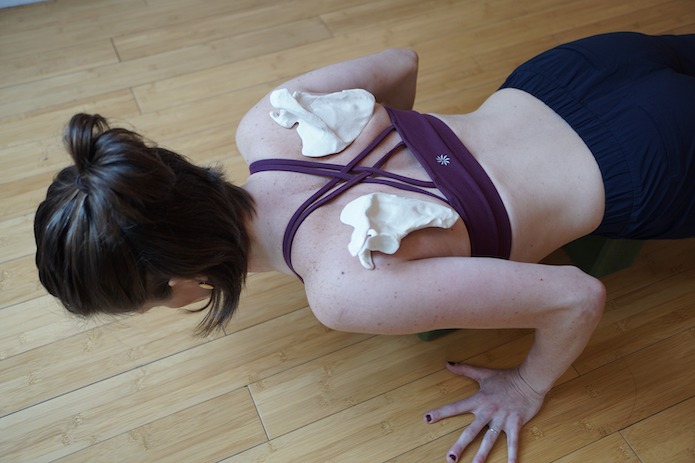
This was me after I completed my teacher training and called myself an “alignment-based” teacher. Then I developed persistent hip and SI joint pain and shifted away from this attitude. The “safe” alignment hurt.
I started to learn about pain and grapple with what research shows is a poor relationship between pain and posture. Meaning people with idealized posture can have pain, and people with non-idealized posture can have none.
Instead, I started to understand that moving in more ways—like lifting weights—and aligning my body in different ways—even “suboptimal” ones—would help me feel better in my body. Adding in this variety would expose me to loads I was missing, and therefore needed to increase my resiliency.
ATTITUDE #2 — Alignment-based teaching isn’t helpful.
From the other camp comes the argument: Alignment doesn’t matter, anyway, so why bother? Everyone is different and needs their own natural “alignment” that is best for them.
Also, alignment-based teaching is a power grab where teachers assert their authority (somatic dominance) and create an atmosphere of obedience over agency and performance over feeling.
This was me about 5 years ago, when victims started speaking out about teachers who coercively and abusively forced shapes on their students’ bodies. I was listening to these stories. I was also recognizing my personal practice lacked variety (in part because I was always aligning my body in one “right” way, which was not always the “right” way for me). This lack of variety was causing some of my persistent pain.
For these two reasons, I got pretty down on alignment-based teaching for a while and started doing more somatic practices and rolling on therapy balls.
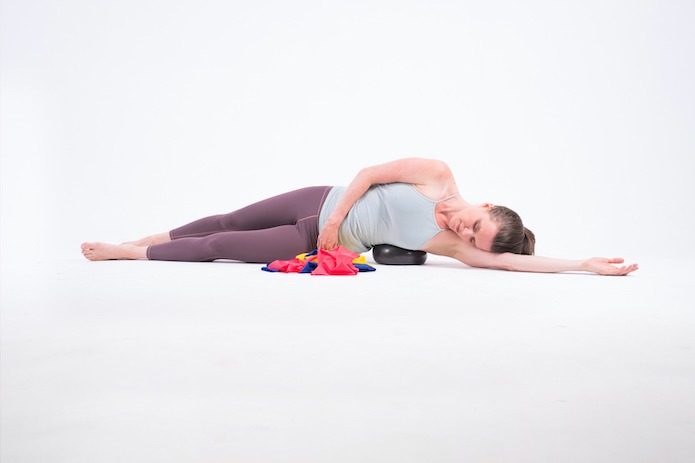
ATTITUDE #3 — Alignment-based teaching is one way (among many) for guiding proprioception, mobility, coordination, and variability.
As long as students have a variety of possible alignments, they’re encouraged to play within a range of possibilities. No one option within that range of possibilities is absolutely right/safe/or ideal, but rather just one possibility among many that may have a variety of benefits depending on what you choose to focus on.
This is where I’m at today. I believe certain strategies for aligning promote different kinds of awareness, abilities, and capacities.
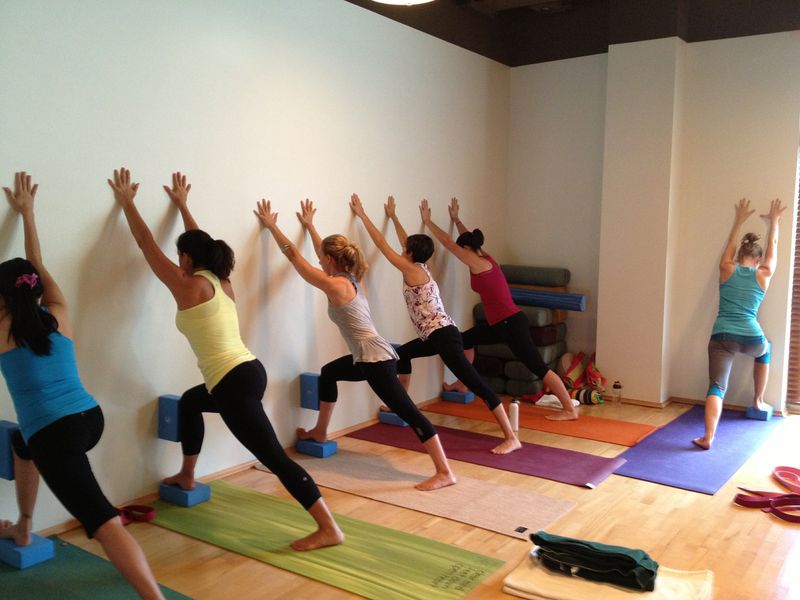
Alignment Beyond Aesthetics
Part of what compelled me to ditch alignment earlier on (per points 1 and 2 above) was that the application of alignment was based in aesthetics, rather than growth and exploration (per point 3).
This “one right/safe way” approach to teaching alignment, wherein all bodies are expected to “align” with a predetermined image of a shape or movement, is not helpful or conducive to learning. It’s dogmatic, coercive, and false.
However, throwing alignment, a potentially useful tool that has been misused, out the door entirely is not helpful, either.
When a toddler uses permanent markers to scribble all over your walls, do you throw out all the markers (or the toddler)? No. Because the value of a marker (or any tool) is based on how we use it (and don’t use it.) We can use markers to create art. We can also use markers to destroy it.
Like markers, alignment is a tool that can be used for good, not harm; to help, not hurt.
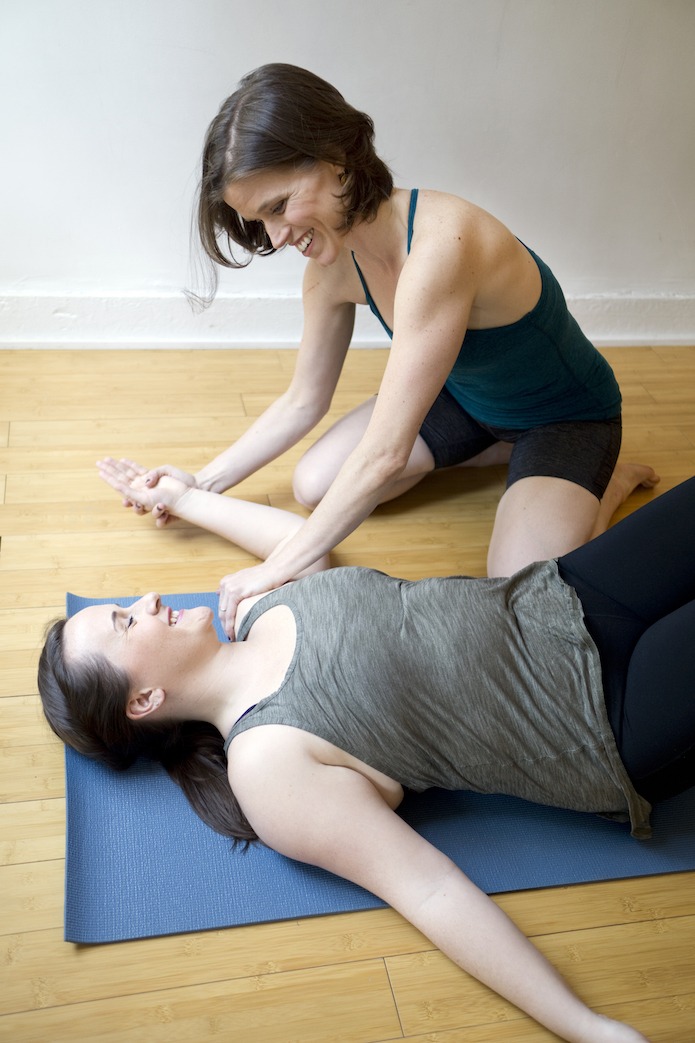
A Skillful Approach to Alignment
I propose that, if you’re a teacher who’s also interested in alignment as a tool to foster awareness, ability, and capacity, to broaden the range of your students’ experiences in the bodies rather than narrow it, you consider these ideas:
- There is no universally safe alignment.
- There are limits to our knowledge as teachers, such that we can’t possibly know what alignment is safe for everyone.
- There are a lot of ways to align the body, and that the value of alignment is in being able to discern between, choose, and try out these different approaches. Not to find the one right one to do forever.
- Variation is the norm when it comes to human bodies. Our alignment instruction should make space for that.
We must teach with humility and curiosity, and continue to listen and learn from people who help us locate our blind spots and check our biases. In doing so, alignment can become a way to practice these qualities as well.
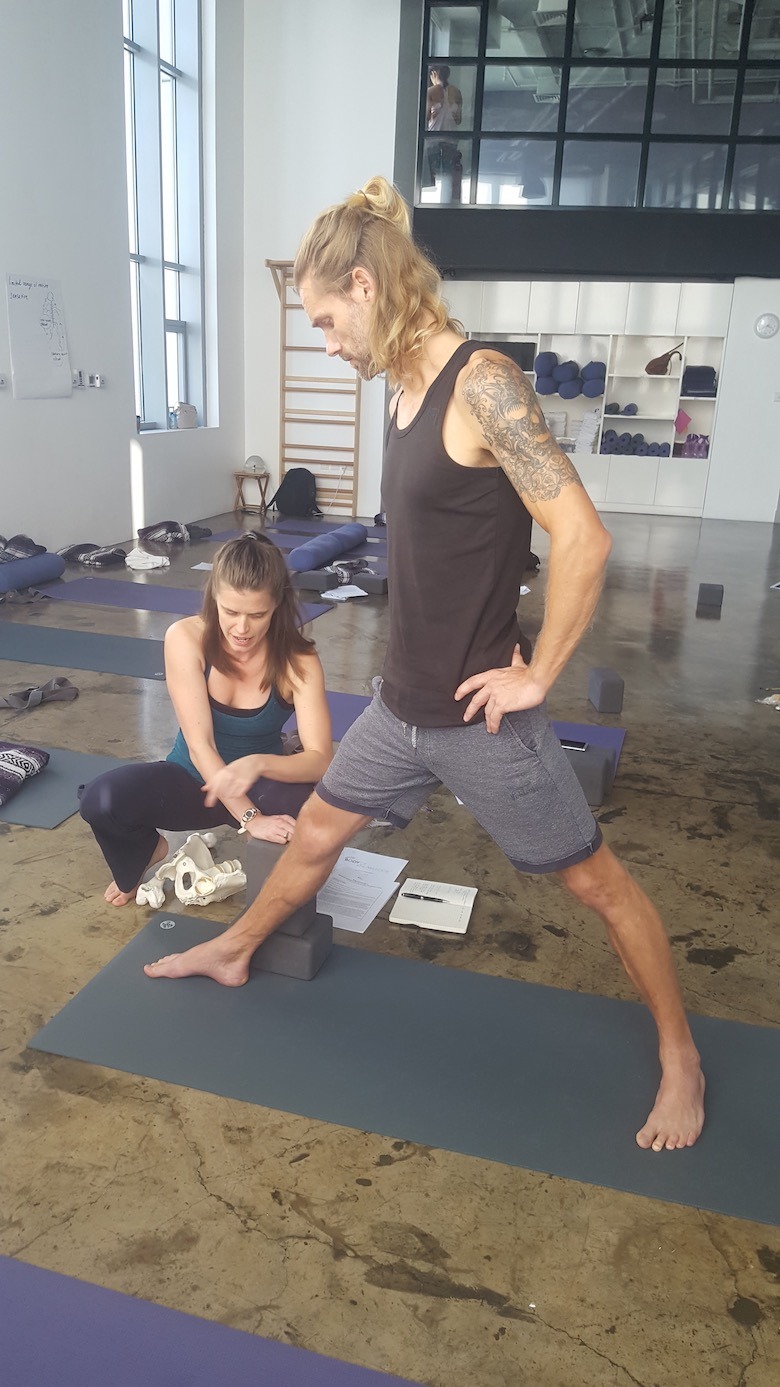


Leave a Reply